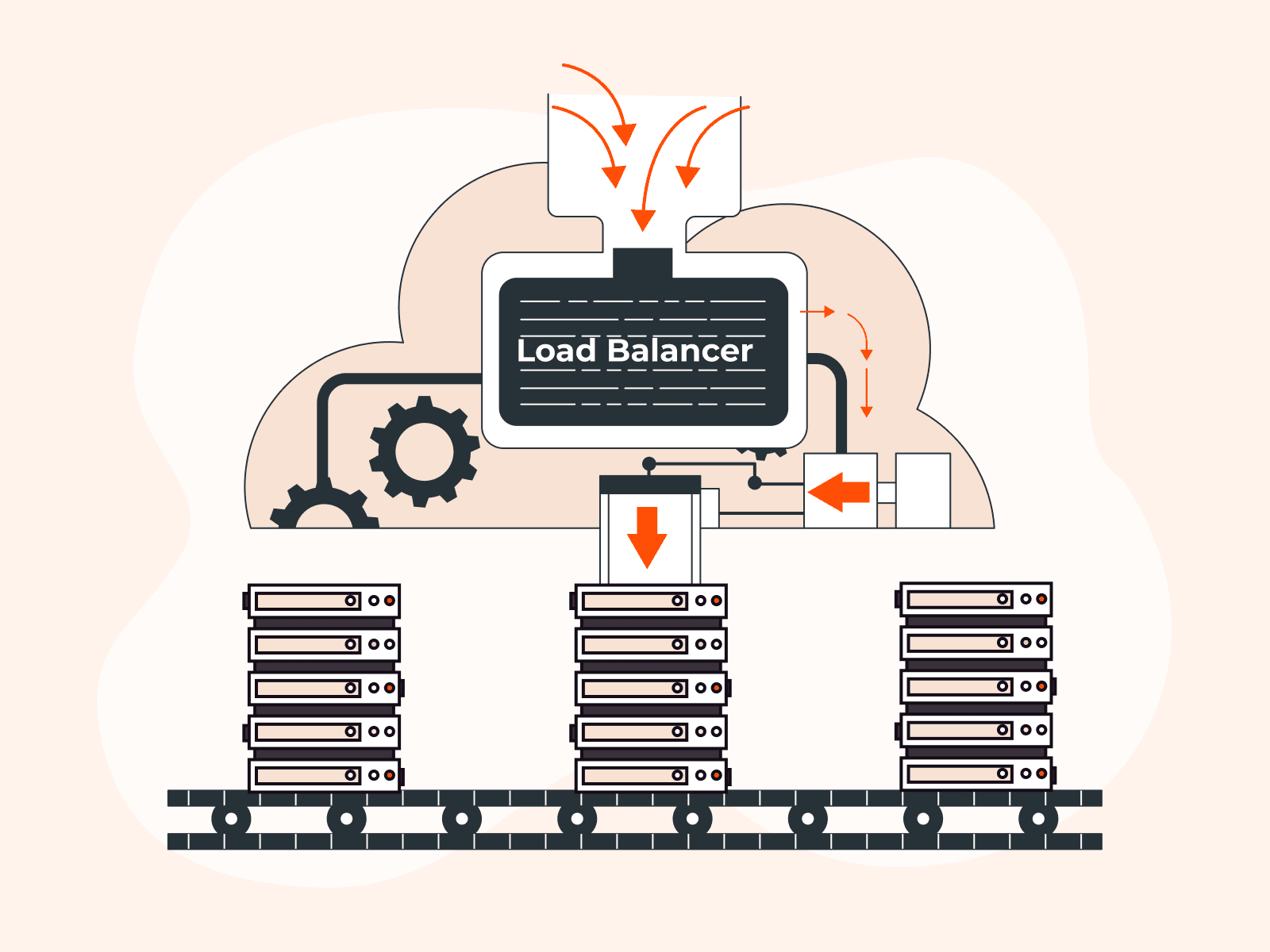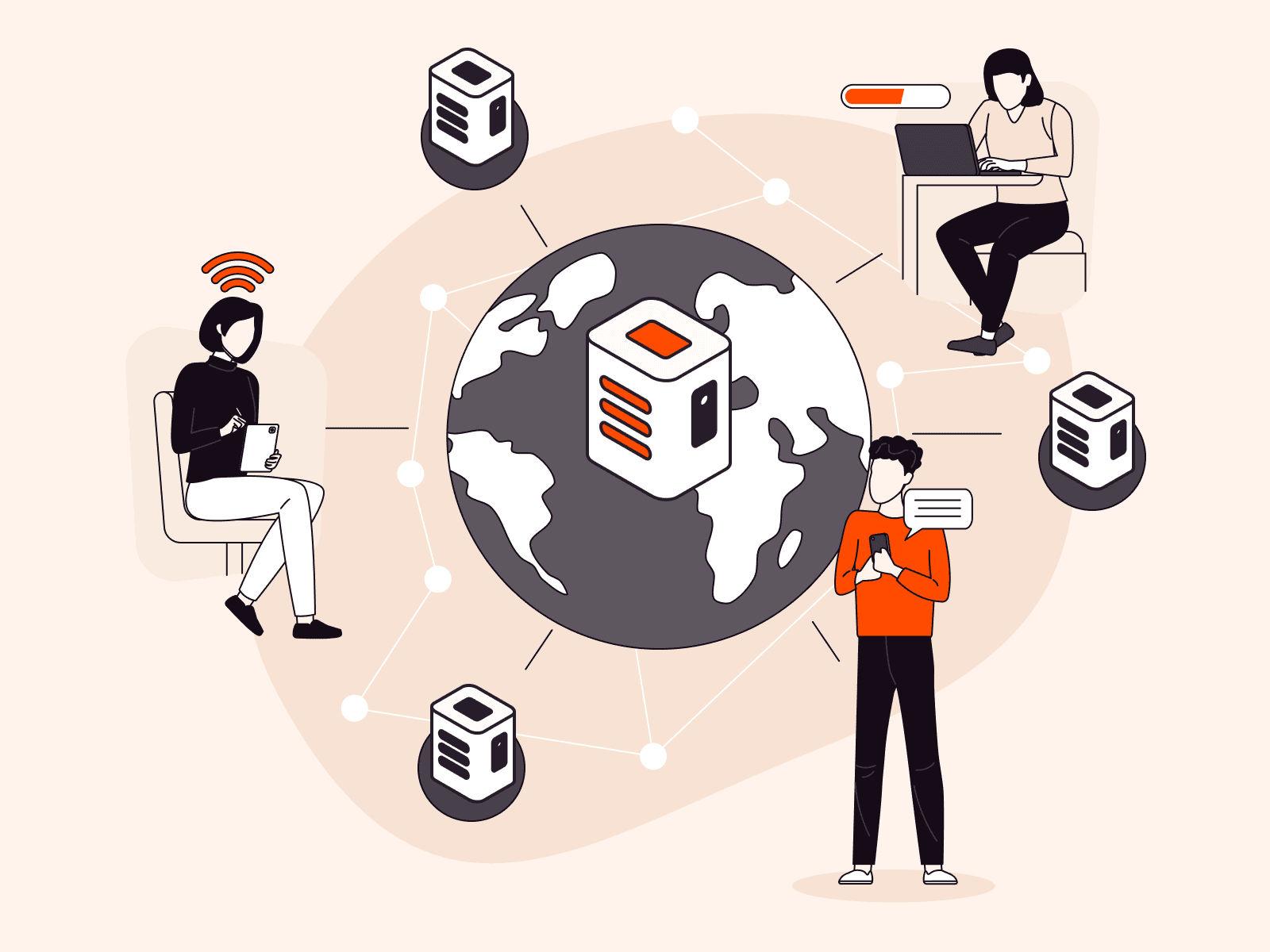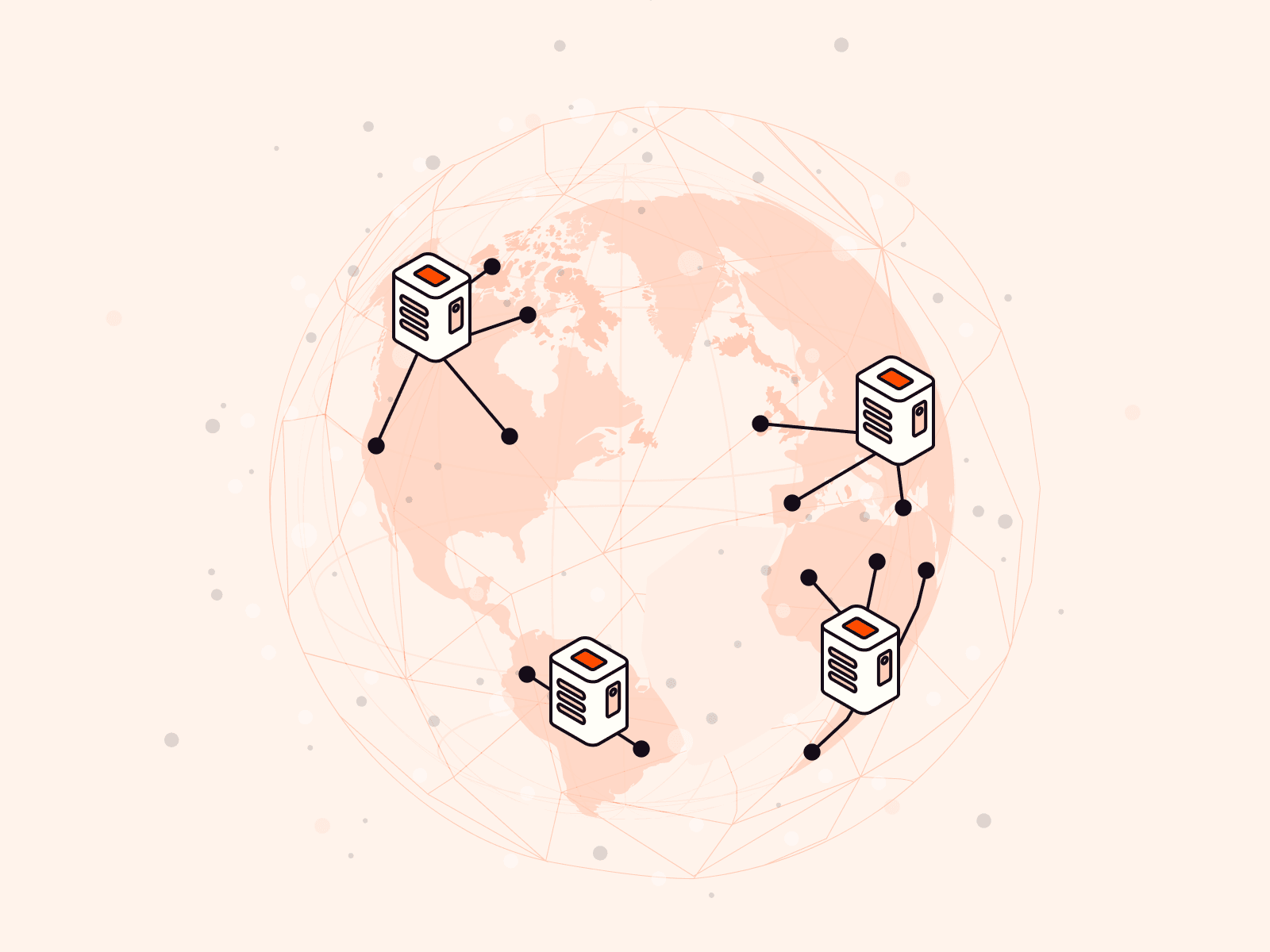The Open Systems Interconnection (OSI) model is the foundational framework for network communication. It provides a common language across its seven layers, helping businesses develop and maintain compatible network systems. This article explains the OSI model and highlights its importance for IT professionals and businesses.
What Is the OSI Model?
The Open Systems Interconnection (OSI) model is a conceptual framework that allows different systems and devices to connect and communicate, a process known as network communication. This involves devices like computers and phones exchanging data using shared connections and agreed-upon rules. By adhering to the OSI standards, devices and software from various manufacturers can communicate smoothly.
The OSI model divides network communication into seven layers, each with a specific role. This separation ensures that changes in one layer, such as upgrading a routing protocol, do not affect the other layers.
How the OSI Model Works

When data is sent, say when someone starts a video livestream on their smartphone, that data passes through all seven OSI layers starting at layer 7. Each layer adds information and instructions through encapsulation, similar to putting a letter in an envelope, then placing that envelope in a larger envelope, and so on. The encapsulated data moves through network devices, which read the instructions added by each layer to forward the data correctly.
At the receiving end—in our case, when the video livestream arrives at the server—the data passes back through the seven layers in reverse order. Each layer removes the information added by its counterpart at the sender’s end, a process called de-encapsulation. This is like removing each envelope one by one until you get to the original letter. This ensures the receiver interprets the data as intended.
Unraveling the Seven Layers of the OSI Model

The OSI model breaks down data transmission into manageable tasks. Here’s an overview of each layer.
Physical Layer (L1)

L1 handles the physical connection and transmission of raw data bits over a medium, such as cables or wireless signals. It includes hardware like cables, switches, and network interface cards.
L1 functions include:
- Converting digital data into physical signals for copper cables or light pulses for fiber optics.
- Managing the medium for data transfer, such as copper wires, fiber-optic cables, or radio waves. For example, fiber-optic cables are suitable for high-speed data transfer over long distances, while copper wires are often used for shorter distances within a building.
- Defining connectors and interfaces like Ethernet cables or Wi-Fi adapters.
- Determining the bit rate, which affects data transmission speed.
- Setting limits for data travel before boosting or regeneration to optimize network reach and reliability.
- Defining how data is sent between devices—simplex (one-way), half-duplex (two-way but not simultaneously), or full-duplex (two-way simultaneously)—to ensure seamless communication based on the connection type.
Data Link Layer (L2)

L2 handles node-to-node data transfer, dividing bits received from L1 into packets or frames, a structured unit of data. Framing helps devices recognize the start and end of each packet, ensuring correct segmentation for transmission.
L2 is also responsible for:
- Managing Media Access Control (MAC) addresses, unique identifiers for devices on a local network. Switches direct the frame to the correct destination, minimizing congestion and enhancing performance.
- Promoting flow control and access control, ensuring efficient data transfer free of collisions and making sure the receiver isn’t overwhelmed.
Network Layer (L3)

L3 is responsible for routing data packets across networks.
- Algorithms are used to find the most efficient path.
- IP addresses are assigned to devices, ensuring data packets reach the correct location. Large IP address spaces are divided into smaller subnets.
- As data packets move, L3 examines each packet’s destination IP address and selects the next hop (network device) en route to the destination. L3 also manages encapsulation and decapsulation of data packets.
- L3 acts as the boundary for data movement between local and wide-area networks. Routers operating at this layer ensure data can cross these boundaries with ease.
Transport Layer (L4)

L4 secures reliable data transfer between devices. It breaks down large data into smaller segments, manages data flow to prevent congestion, and ensures data arrives correctly and in the right order.
- Each segment is tagged with information to ensure correct reassembly at the destination.
- Flow control mechanisms regulate data transfer speeds so the sender doesn’t transmit data faster than the receiver can process. The sender adjusts its transmission rate based on acknowledgments from the receiver, maintaining smooth data flow.
- Source and destination endpoints or ports are assigned to each data segment, creating a “socket”. Sockets allow multiple applications to communicate simultaneously on the same device, keeping data from different applications separate and correctly routed.
Session Layer (L5)

L5 establishes, maintains, and terminates communication sessions between applications, ensuring smooth and orderly data exchange. It sets up communication parameters like session identifiers and synchronization points and ensures that resources, like memory or connection slots, are released when no longer needed.
L5 functions also involve:
- Keeping sessions active, preventing conflicts, and ensuring smooth communication. In a half-duplex mode, it coordinates which device can send data and when, avoiding transmission errors.
- Synchronizing during a session. L5 uses checkpoints, specific points in the data stream where the session can be resumed if interrupted. If you are sending a large file and the connection drops, the session can resume from the last checkpoint rather than starting over.
- Handling recovery by retransmitting lost data, maintaining session integrity.
Presentation Layer (L6)

L6 converts data into a format the application layer can understand. Without this, data from one device might be unreadable by another.
Additional L6 functions include:
- Encryption and decryption, securing data during transmission.
- Data compression and decompression, which accelerates transfers and reduces congestion.
Application Layer (L7)

L7 interfaces between the network and end-user applications, allowing users to interact with network services and data. It’s responsible for:
- Defining communication protocols like HTTP (web browsing), SMTP (email), and FTP (file transfers), ensuring applications can communicate over the network.
- Transmitting data between applications on different devices, ensuring data is correctly received and understood, regardless of operating systems or hardware platforms. This interoperability is essential for seamless communication in a heterogeneous network environment.
- Handling final data presentation and rendering, including tasks like displaying web content, rendering multimedia, or formatting documents for printing.
- Implementing security mechanisms, safeguarding data and ensuring only authorized users access certain services or resources.
Why the OSI Model Is Important
The OSI model standardizes network device and application communication, ensuring seamless data exchange. Its organized approach simplifies understanding, development, and troubleshooting of network systems, providing several key benefits:
- Conceptualizing complex systems: The OSI model’s seven-layer breakdown simplifies and explains data movement through a network.
- Flexible standardization: The model provides universal standards, allowing different network technologies and products to work together efficiently.
- Faster research and development: With clear guidelines and standards, developers can innovate quickly, creating new technologies that fit seamlessly into existing networks.
- Addressing vulnerabilities and security issues: The model helps identify and address potential security weaknesses at different layers. By isolating issues to specific layers, administrators can easily identify and fix problems, apply updates, and customize configurations.
- Enhances interoperability: The OSI model ensures various hardware and software components work together, supporting the integration of modern applications and cloud services into existing networks.
Conclusion
Understanding the OSI model is essential for network design, troubleshooting, or implementation. This framework breaks down complex communication processes into manageable layers, empowering businesses to improve problem-solving, interoperability, and network security.
If you want to enhance your network security, explore Gcore Edge Security products. Gcore offers a globally distributed network that filters traffic worldwide, ready to stop even the most powerful and complex cyberattack. With advanced WAAP services and DDoS mitigation, Gcore’s solutions protect against low-rate attacks from their first request and block malicious sessions, not IPs.
Related articles
Subscribe to our newsletter
Get the latest industry trends, exclusive insights, and Gcore updates delivered straight to your inbox.






